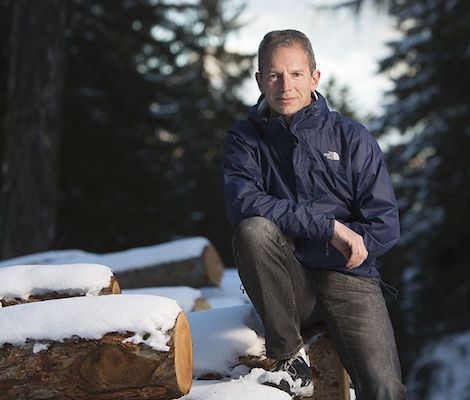
16 Oct Ski Safari Weather
Ski safari weather: these three words are bandied about often chez nous.
Here at Swiss Ski Safari our aim is to provide you with the best quality European ski experience possible. To do this we have a secret weapon. Robert Bolognesi is our snow doctor: with a PhD in snow forecasting. His years of global experience means there is no-one better qualified for the job. Robert helps us find the best ski safari weather, the best spots to ski in all weather conditions. On his expert (and we mean world-class) advice, we follow the weather patterns around the Alps. This gives you the ultimate ski experience. Simple as that.
Ski safari weather according to Robert Bolognesi
I am lucky in my proffession. Challenging work conditions encourage strong and long-lasting bonds amongst my colleagues, who I also consider friends. This means that I get to regularly spend time with, have coffee with and chat about the industry in general with my qualified team.
This morning over coffee with Robert, the subject of ski safari weather came up yet again. The Alps are in a drought at the moment, with very little precipitation and mild temperatures. This also means blue skies and various shades of orange are giving us stunning Alpine vistas.
No risk of storms
The air is dry, visibility is good and there is no risk of storms. We are starting to experience colder evenings. It’s cooler low down in the valleys than at altitude which helps create stable weather. Well, all this is true for our region, in the northern Alps. The Alps as a whole are full of micro climates, which create different weather from region to region.
During the last three years, while planning our ski safaris we have observed that the weather patterns here are clearly defined. We have marked seasonal differences, similar to the climate that we learn about at school.
Ski Safari weather and global warming
So what are the effects of global warming in the Alps? Globally the planet is heating up, without a doubt. Locally, it is difficult to measure the weather effects precisely. What we have noticed is that it is becoming almost impossible to predict the weather, which was not the case previously. There have always been extremes in weather in this region.
The problem is, that we tend to measure global warming by the severity of the damage caused by extreme weather. Often this doesn’t take into account intense construction in the areas which have been damaged. We see worsening damage compared to when the land was in it’s natural state, and presume that the weather is therefore more destructive than what we have seen in the past. Not a scientific way of assessing global warming.
Retracting glaciers
Where we can see the effects of global warming locally, and where it can be measured, is in the retraction of the glaciers and the reduction of permafrost. These results of global warming began 150 years ago and have affected the way we plan our ski safaris.
Robert does say that it is difficult to scientifically speak about global warming as it is an emotional subject with social and political viewpoints which often clash. Irrespective of whether we can measure it in our region or not, it is something to be worried about for the planet and we should start doing something now. He believes that we should take measures to preserve the environment in all its elements: the air, water, the soil and animals as well as we can. However, he warns that we don’t want to replace the ecological risk with a social risk by being extreme in our goals and not taking care of people first.
Ski safari weather is always an interesting subject and you never know where it will take the conversation.
Try something new. Head off on any bespoke trip with SwisSkiSafari and we’ll take care of the weather patterns, leaving you to enjoy the skiing and indulgent European hospitality.
Interested in our tips on how to get ski safari fit? Check out our blog ski safari fit.
Warm regards from the mountains,
Danielle


